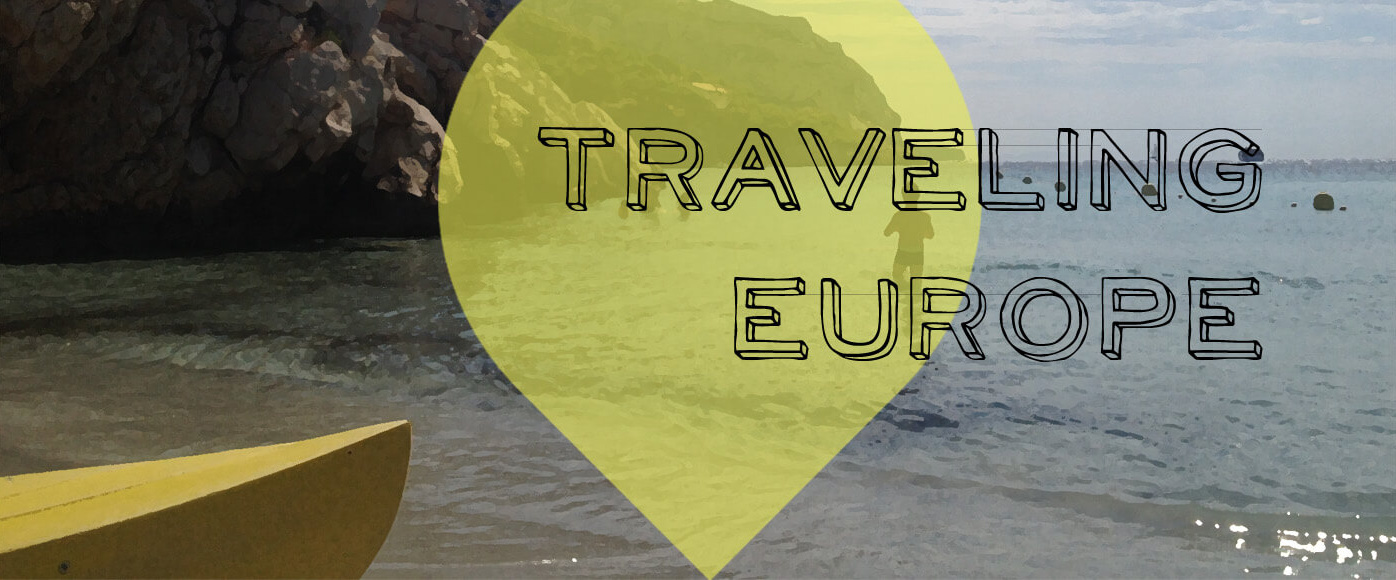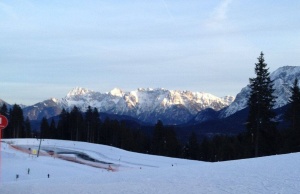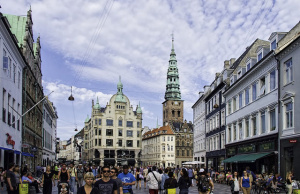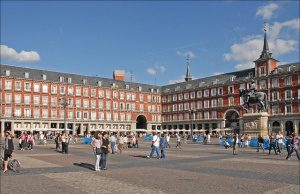Food, music, and traditional sports at Basque Fest, Bilbao
Located in the border areas of northern Spanish and southern France, the community of the Basque people is truly unique.

The culture has a rich heritage with ancient roots, which predate the arrival of the Romans. Historians estimate that the genetic uniqueness of the Basques even predates the arrival of agriculture in the Iberian Peninsula, dating back at least 7,000 years.
The fact that the Basque community is present today after thousands of years, while many other cultures have simply disappeared, is just one distinctive factor of their culture. Some consider the Basques to genetically represent the indigenous people that first inhabited the European continent, while other studies have shown that they are not significantly genetically different from others in the Iberian Peninsula (modern day Spain).
The Basque Language
The traditional Basque language is indisputably considered one of the most distinct aspects of their culture, as it has no roots in Indo-European languages. It is believed to be one of the only surviving pre-Indo-European languages in Europe (developed before the Romance languages such as Spanish), and the only in Western Europe. In Basque, the language is known as Euskara, with various dialects. For Basques living in Spain during the rule of Franco, it was considered an act of dissent to speak Euskara, rather than Castellano, and the culture was deeply repressed.
The Basque Culture
In the autonomous community known as Basque Country in northern Spain, one can see that the Basque people continue to be extremely proud of their heritage, if not more due to their lengthy suppression during the 1900’s. They are also one of the most economically strong regions of Spain with a significant amount of industry.
A prime example of their cultural pride is the annual Basque Fest that takes place in the prominent cities of Bilbao and Vitoria-Gasteiz at the end of March and beginning of April. During this time, the Easter festivities such as street processions coexist with aspects of Basque traditions such as gastronomy, sports and customs.
The festival is based on the linking of tradition and modernity through five pillars of Culture, Music, Market, Sport and Gourmet, united together by the icon of the “Lauburu”, the traditional symbol of the Basques.
A Famous Basque Festival
When we visited Bilbao, it was actually coincidental that the festival was going on at the same time. However, it was truly a great experience as there were not many tourists there and we could get a first hand view of deep cultural traditions. Scattered throughout the city were various art exhibitions, dances, street theatres, craft fairs and children’s entertainment that were free to join.
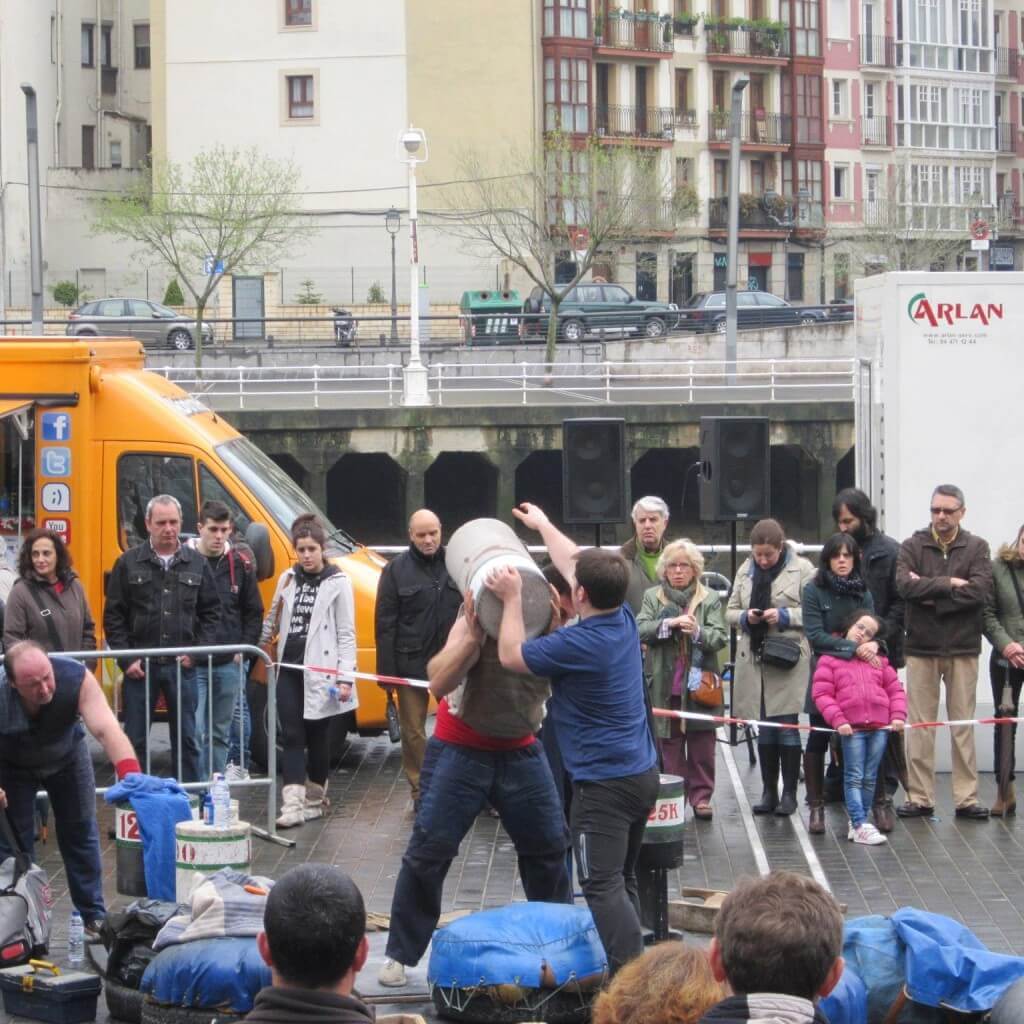
Another really cool part of the festival was the Basque sport competitions. As the Basque people were historically farmers or fishermen, their traditional sports are based on these lifestyles, known as “Basque rural sports”. Examples include wood chopping, stone/anvil/bale lifting, cob gathering, tug-of-war, weight carrying and dragging games. These games are obviously very physically demanding, and it was so exciting to see them taking place live!
![Pintxo of Spanish Tortilla - By flydime (Pinchos / Spain, Barcelona) [CC BY-SA 2.0] via Wikimedia Commons.](https://travelingeurope.biz//wp-content/uploads/2015/11/Pintxo-Basque-Fest.jpg)
[Basquefest.com], [Basques in Spain], [Wikipedia], [Discover Magazine]
